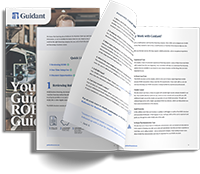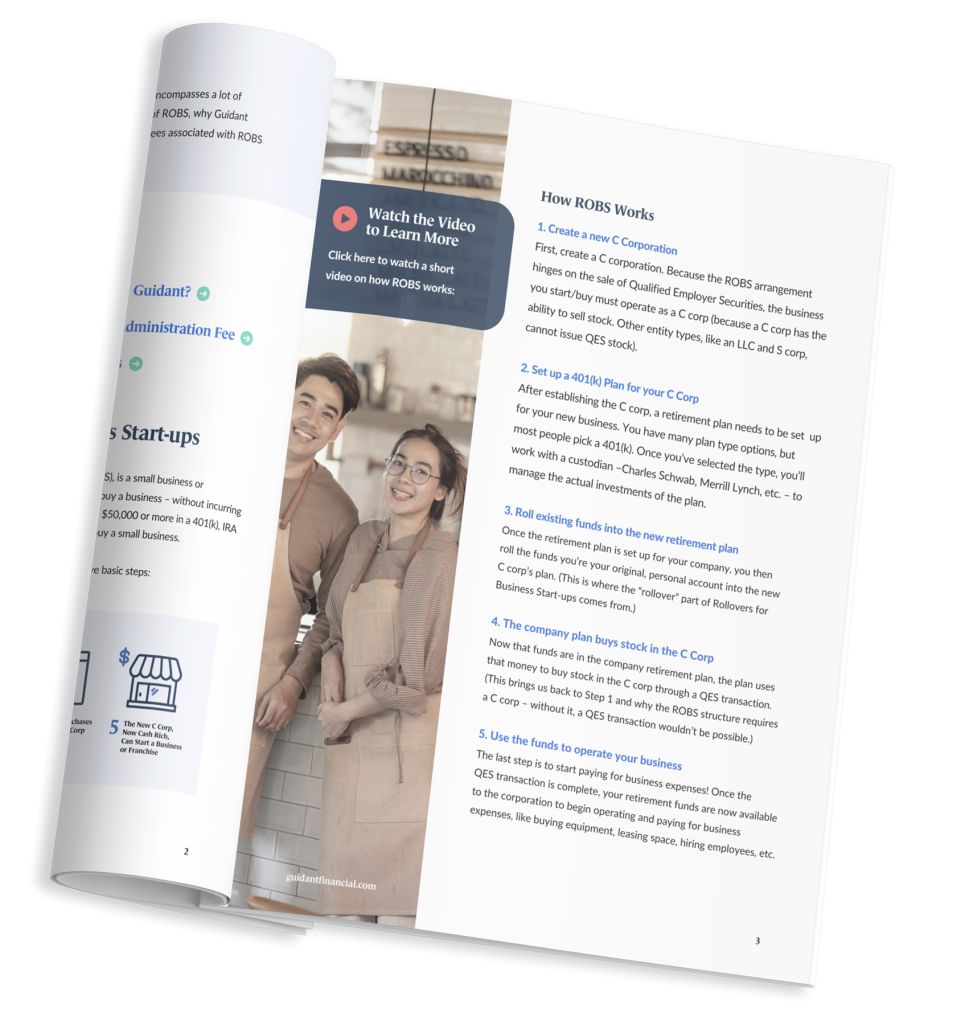If you need financing for a small business, you need to know your full range of options to make the right decision. Portfolios loans are a lesser-known means of financing but offer considerable benefits if you qualify.
What are portfolio loans? They are loans in which you use your asset portfolios as collateral. You can use your investment or retirement funds in stocks, bonds, or cash. (Portfolio loans are sometimes known as stock loans or securities-based lending.)
The immediate benefit is that you do not liquidate the stocks, bonds, or cash; they continue to be in your portfolio and can continue to appreciate in value as well as generate interest and dividends.
Portfolio loans can be advantageous for any small business owner, but they can be especially beneficial to retirees who have investment or retirement accounts. Over the last three years, the S&P 500 has risen a whopping amount, roughly 77 percent (although the stock market has been choppy very recently). That means that small business owners with significant stock portfolios especially may have made substantial gains in the amounts over the last several years, which can be leveraged for business financing.
Who Qualifies for a Portfolio Loan?
Generally, anyone with at least $85,000 in stocks or bonds can qualify for a portfolio loan, but requirements differ depending on your portfolio lender.
Small business owners can usually borrow up to 80 percent of the amount of their portfolio. If you have a portfolio worth $85,000, in other words, you could borrow up to $55,000. The more your portfolio is worth, the more you can borrow.
Unlike other types of business or personal loans, portfolio loans do not require specific credit scores to qualify. Instead, the lender uses your portfolio as collateral for the loan.
How to Decide Which Financing Method to Use
Is a portfolio loan right for you? Business owners should carefully consider the available financing methods and choose the one that offers the most advantages for their situation and business.
First, understand the range of financing options available. Briefly, most financing options involve either debt or equity. Debt options include a portfolio loan, a standard business loan, a loan from the U.S. Small Business Administration (SBA), a personal loan, a home equity line of credit (HELOC), and a small business line of credit or credit card.
Equity options are any method in which investors provide money to your company in exchange for an ownership stake. Equity options include partnerships, working with angel investors or venture capitalists, and issuing equity (such as stock) in your company to investors.
Some funding options leverage equity you possess to finance your business. Rollovers for Business Start-ups (ROBS), for example, utilize your retirement funds such as 401(k)s or Individual Retirement Accounts (IRAS) to finance the business.
All these options have both advantages and disadvantages.
Generally, debt methods provide the advantage of cash infusions, which allow business owners to expand, seize opportunities, pay for needed equipment or real estate, and more. They also don’t dilute the ownership or control, which equity methods such as partnerships or stockholders can do.
The chief disadvantage of debt options is monthly debt payments. Monthly payments mean that some of your cash flow can’t be invested back into the business. They can especially be a drawback for beginning or seasonal businesses whose monthly cash flow to pay debt service might be uncertain.
The advantage of all equity methods is also cash to expand and seize opportunities. Some equity methods may also provide help in running the business (partnerships) or mentorship and advice (angel investing and venture capitalists), which can be an advantage if you’re in the market for those things. It also can make the business less prone to risks.
The main disadvantage of equity methods, though, is that you give up some control in your own company. You’re not the sole owner anymore once someone else has equity. Depending on the number of other owners and the form of their equity, you may have proportionally less control over decisions or direction than you are comfortable with.
Methods that leverage equity, such as ROBS, can be individual choices that provide the advantages and avoid the drawbacks of both. ROBS, for example, avoids debt service, because no money is borrowed. It requires the company to adopt a specific corporate structure, but you can retain control. You can also continue to contribute to a retirement plan at the new company.
If after reviewing all options you determine that a debt method is best, a portfolio loan is a debt option.
The Advantages of Portfolio Loans
- Low-interest rates
Portfolio loans offer significantly lower interest rates than other types of loans or lines of credit. This can be especially helpful in the current environment, where interest rates are not only rising, but are expected to rise further going forward. The higher the interest rate, the more you’ll pay in debt service. Portfolio loans offer some of the lowest costs of capital of all small business financing options. - Retention of investments
You keep your investment and retirement portfolios intact with a portfolio loan. Stocks and bonds can continue to rise in value and generate interest and dividends, maintaining and increasing your assets. - Flexibility in combining with other funding methods
You can combine a portfolio loan with every other potential financing method, including SBA loans, business and personal loans, ROBS, and all methods of equity financing. This can enhance your funding options, and you can utilize every advantage of every funding type you choose. - Flexibility in terms
Because portfolio loans won’t be sold on the secondary market– in other words, your debt won’t be sold to another debt servicer– the portfolio loan doesn’t have to meet all the underwriting guidelines set forth by the government for loans on the secondary market. For example, this means the bank may be able to loan to you regardless of a poor credit score or higher debt-to-income ratio. - Ease of application and approval
Many loans require that lenders review the 5 C’s: your credit history and score, character, capital, capacity, and collateral. This can require a specific credit score, plus extensive analysis of your business plans and stand in the community. The collateral requirements can be significant and can require you to collateralize your home or other property, such as a boat. With a portfolio loan, the bank will not require a specific credit score or business plan. That makes the application much easier to complete. It also makes it comparatively much more likely to be approved if, for example, you may not qualify on credit score or the business is too new for you to have appreciable business standing in the community. - Fast approval
Portfolio loans can be approved in as few as 10 days. That’s far quicker than, say, an SBA loan, which can take four months or more. Fast approval is particularly important if business opportunities are available only in a specific time frame. If you want to purchase raw materials or equipment at an advantageous price, for example, the ability to move quickly on a portfolio loan can be very beneficial to your business. - Flexibility in payment schedule
With a portfolio loan, you have access to the loan funds but don’t actually have to begin payments until you use them. If suppliers or contractors overestimate costs, or materials and equipment turn out to cost less than estimated, you never need to use the funds. Therefore, you have no debt service. That’s very different from all other business and personal loans, where your repayment schedule starts once the loan is disbursed. - Low or no costs
Getting a portfolio loan costs much less than other types of loans. Usually, the cost is just a flat one-time fee, compared to potential application and other fees and closing costs for other loan types. In addition, the costs can generally be folded into the loan amount, so you don’t have to spend any upfront costs out of your own pocket. - No spending restrictions
You can use portfolio loans for absolutely any business need. Some types of financing, such as SBA loans, can only be used for specific purposes. You have complete freedom to use the money as you see fit. - Options in lenders
You can apply for a portfolio loan with any lender who offers them. You don’t have to have your assets at that lender, only be able to provide documentation of the amount and where they are held. You also don’t necessarily have to have any other accounts with that lender. - Friendly to foreign nationals
Foreign nationals may have trouble getting a business loan. Portfolio loans, however, can be a great way to get around the requirements of a conventional loan.
The Disadvantages of Portfolio Loans
- Asset Price Flexibility
If you choose a portfolio loan, it’s prudent to keep a reserve in case the underlying asset prices decline. Be aware that because of this additional risk, some portfolio lenders will charge larger upfront fees.
Because the amount of your portfolio loan must at least equal 80 percent of your portfolio assets, you may be asked to put more money in your portfolio. This is to ensure that if the price of those assets drops, your figure will remain around 80 percent. - More Common With Smaller Banks. Portfolio loans are commonly offered by credit unions, community banks, and other smaller banks. This is because they are typically riskier for the lender than the bank.
- Nontraditional. Portfolio loans are often used by people who want to buy a house while avoiding traditional mortgages and traditional loans. It’s used more often for mortgages than businesses, so your lender may be unfamiliar if you’re using a portfolio loan for anything other than an investment property.
- Prepayment fees. Portfolio loans are more likely to carry prepayment penalties, so be sure to check with your lender about whether or not you can repay the loan ahead of schedule. Read your loan terms carefully.
Guidant Can Help You Finance Your Small Business
Choosing the right financing option for your business isn’t always easy. A number of factors affect it, such as the cost of capital, the likelihood of approval, and amounts. Let Guidant help. We can help you pre-qualify for portfolio loans and other methods of business financing.
Portfolio loans are also a financing method that can be combined with other methods, such as ROBS and SBA loans. We are experts on both. If you want to discuss the advantages of combining funding methods, contact us today.
















